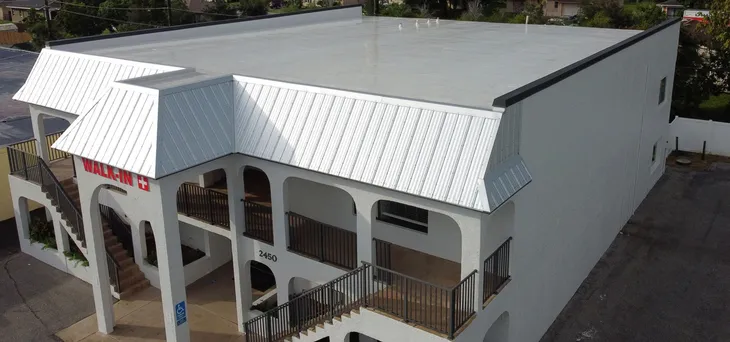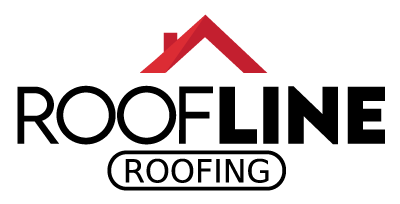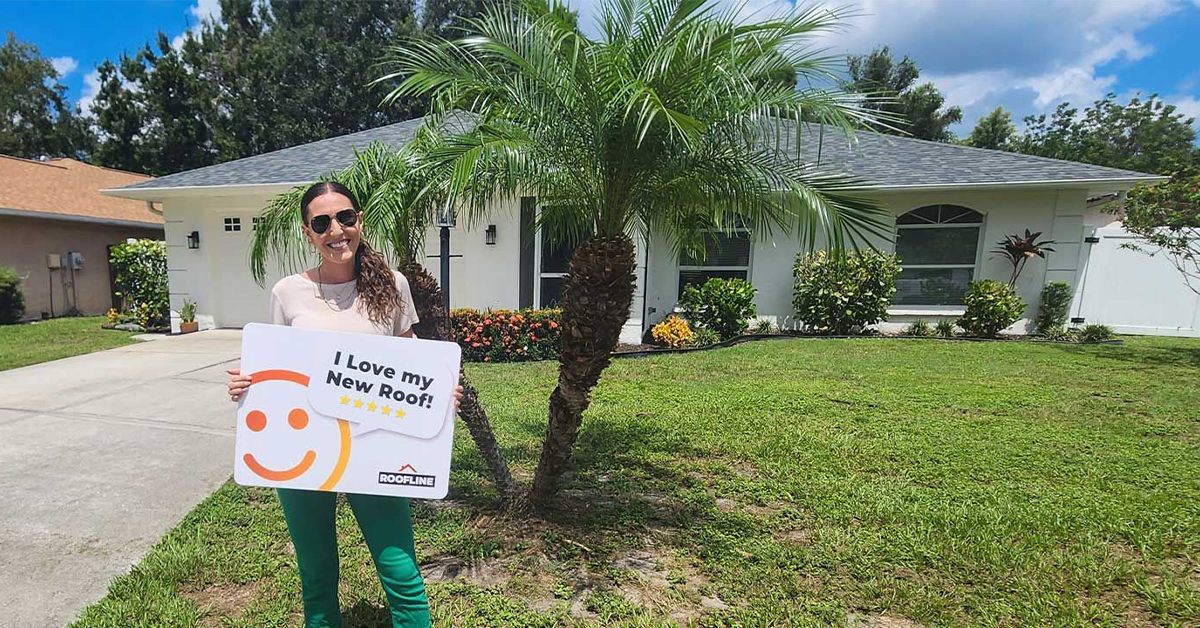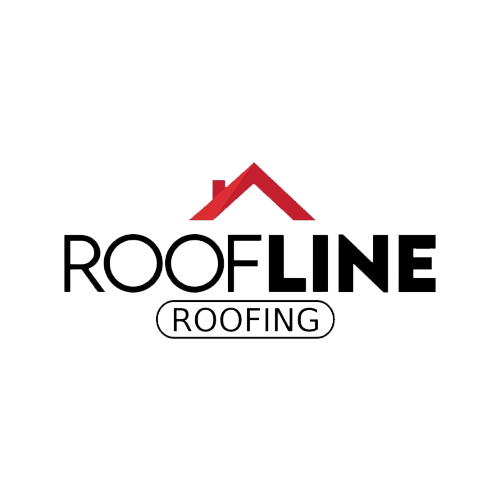
Roof maintenance in South Florida demands more than a cursory glance, especially for the property owners and managers tasked with safeguarding commercial and residential buildings. Given the region’s distinct climate patterns, ranging from intense UV exposure to humid subtropical conditions, ignoring roof health is not an option. Our discussion encapsulates pivotal steps in evaluating roof conditions, highlighting why proactive inspection routines and informed material choices matter. With practical insights across different areas, including Longboat Key and Osprey, this guide equips you with the knowledge to combat the environmental and structural challenges that threaten your roof’s longevity.
The decision to repair or replace a roof is often fraught with considerations—financial constraints, material lifespan, and climate resilience among them. Keeping the specific variables of Bradenton in mind, we’ve distilled what you need to address these challenging questions. Whether navigating current damages or strategizing future resilience, it’s vital to integrate expert opinions and environmental factors into the process. This ensures decisions that protect your investment and support your property’s uninterrupted functionality and value.
Inspection Protocols: Identifying Common Deterioration Issues
Identifying and understanding commercial roof deterioration is crucial for property owners and managers in Longboat Key. A robust inspection protocol can save time and money by addressing issues before they escalate. This guide outlines practical steps to identify and address common deterioration issues, bolstered by relevant examples and research findings.
First, a well-structured inspection routine begins with recognizing visual damage. Signs of deterioration include cracking, blistering, and ponding water. Cracked roofing material or membranes can emerge from factors like UV exposure or extreme weather conditions. Each crack allows water to seep into the building structure, potentially leading to more severe interior damage if unaddressed. The National Roofing Contractors Association advises inspections at least twice a year—once in the spring and once in the fall—to promptly identify such issues.
Blistering is another common visual indicator of roof degradation. It occurs when pockets of air or moisture become trapped between roofing layers due to poor installation or material defects. Over time, these blisters can pop and expose the roof to further damage. A study from the International Journal of Scientific Development and Research highlights that neglecting blistered areas can lead to significant energy loss due to compromised insulation.
Ponding water signals inadequate drainage, often found on flat or low-sloped roofs common in commercial buildings. If water is left to pool for over 48 hours, it can accelerate material deterioration as noted by the U.S. Environmental Protection Agency. Ensuring gutters are clear and sloped areas aid in proper water runoff can prevent this common issue from causing structural damage.
Beyond visual cues, interior inspections provide insight into roof health. Water stains on ceilings or walls can indicate a leak, while mold growth suggests moisture intrusion facilitated by cracks or poor sealing. The U.S. Department of Housing and Urban Development underscores that even minor leaks lead to mold, which can pose health risks and require costly remediation.
Material age and weather history offer further context in inspections. Roofing materials have varying lifespans—common commercial materials like modified bitumen typically last 20 years, whereas PVC roofs can persist for over 30 years with adequate maintenance. Historical weather data specific to Longboat Key, such as frequent storms or extended periods of intense sun, should inform inspection frequency and urgency. According to the Florida State University Center for Ocean-Atmospheric Prediction Studies, the region experiences intense UV exposure that can degrade materials faster than in less sunny climates.
Thermal imaging technology can support visual inspections. By detecting temperature differentials, these tools reveal water intrusion and insulation gaps that might escape unaided eyes. A study in the Journal of Building Physics validates thermal imaging as a cost-effective method for reducing maintenance costs through early problem detection.
For those responsible for commercial property upkeep in Longboat Key, engaging a professional for annual comprehensive inspections can be beneficial. Professionals utilize tools such as drones for roof mapping and pinpointing hard-to-reach areas. This practice aligns with findings from the Roofing Industry Alliance for Progress, which states that regular professional assessments can extend roof life by up to 50%.
Lastly, maintaining detailed records of all inspection reports aids in tracking deterioration patterns and planning for preventative maintenance. Documenting repairs and material replacements can guide future decisions and budgeting efforts, ensuring the longevity and safety of the roofing system.
Incorporating these practices into routine maintenance protocols can significantly impact the longevity and reliability of commercial roofs on Longboat Key. Understanding and proactively addressing potential deterioration helps protect the significant investments associated with commercial properties.
Understanding Causes: Environmental and Structural Factors
Environmental and structural factors play a significant role in the deterioration of roofs, especially in areas like Osprey, Florida, which experiences unique weather patterns. Understanding these elements can help property owners and managers prevent roof deterioration and extend the life of their roofing systems.
Environmental factors include weather conditions that are typical for regions like Osprey, which is known for its humid subtropical climate. Humidity and precipitation can lead to moisture-related issues if roofs are not adequately sealed or ventilated. High humidity levels can accelerate the growth of mold and mildew, which can weaken roofing materials over time. The frequent rainfall in Osprey can exacerbate any existing issues by causing water to pool on flat surfaces, leading to further deterioration.
Another significant environmental factor is solar radiation. The intense sun exposure in South Florida can cause roofing materials to become dry and brittle, particularly if the roof lacks a reflective or light-colored surface. Asphalt shingles, for instance, are prone to curling and cracking under persistent UV exposure. According to research published by the Florida Solar Energy Center, applying reflective coatings to roofs can mitigate UV damage and lower surface temperatures, potentially prolonging a roof’s lifespan.
Structural factors also contribute to roof deterioration. The angle and slope of a roof, for example, can influence how well water and debris are shed. A low-sloped or flat roof is more susceptible to ponding water, which, if not promptly resolved, can increase the load on the roofing material and lead to structural damage. Regular maintenance to ensure proper drainage, such as clearing gutters and downspouts, is crucial.
The structural integrity of a roof also depends on its design and the quality of materials used during construction. Roofing systems that are poorly designed or built with substandard materials may degrade faster under environmental stress. For example, metal roofs, which are popular in commercial buildings due to their durability and lifespan of around 50 years, can corrode if made from inferior metals or installed without the proper protective coatings.
Additionally, buildings near the coast in Osprey may experience salt spray, which can lead to the corrosion of metal components like fasteners or flashing. Corrosion can compromise the roof’s integrity and lead to leaks and other forms of deterioration. Utilizing corrosion-resistant materials, such as stainless steel or aluminum, can be a proactive measure to combat this form of environmental stress.
Furthermore, the architectural style and age of a building can affect how it withstands environmental factors. Older buildings may have outdated roofing materials not suited for modern environmental challenges, making upgrades necessary for better protection. Consulting with a professional roofing contractor to assess whether current materials meet today’s resilience standards is advisable.
In conclusion, both environmental and structural influences in areas like Osprey have a profound impact on the longevity of roofing systems. By understanding these factors, property owners and managers can implement strategies like routine maintenance, using high-quality and suitable materials, and consulting with experts to mitigate risks and preserve the integrity of their roofs.
Action Plan: Repair or Replacement Decisions
Assessing whether to repair or replace a roof requires careful analysis, particularly for property owners in Bradenton. Effective roof repair decisions in Bradenton should account for multiple factors including current roof condition, cost-effectiveness, and long-term goals.
Firstly, evaluating roof condition is essential. Begin by examining wear and damage like missing shingles, leaks, or visible roof sagging. Minor damage, such as isolated leaks or a few missing shingles, often favors repair. Repairs extend the roof’s life and curb immediate issues. In contrast, widespread deterioration indicating structural concerns typically demands replacement. For instance, if extensive water damage undermines roof decking, a full replacement may be more prudent.
Assessing the roof’s age provides another critical data point. Most materials have specific lifespans—20 to 25 years for asphalt shingles and up to 50 years for metal roofs. If a roof nears the end of its expected life and recurring issues demand repeated repairs, replacement might prove more cost-effective in the long run. Investing in new materials can save both time and money over frequent minor fixes.
Next, consider the financial aspect. Budget constraints often weigh heavily on roof repair decisions in Bradenton. Compare repair and replacement costs, factoring in potential future repairs if opting for the former. Often, multiple repairs may exceed the cost of a replacement within a few years. Engage roofing professionals for accurate quotes and forecasts.
Additionally, consider energy efficiency and insulation. Older roofs generally offer less insulation, driving up energy expenses. A new roof with modern materials potentially reduces heating and cooling costs. For example, cool roofing options reflecting sunlight help maintain a cooler building, cutting down air conditioning needs. If energy costs present concerns, a replacement may offer substantial long-term savings.
Weather patterns in South Florida should also weigh in on your decision. Bradenton’s climate, characterized by heavy rainfall and strong sunshine, can stress roofing materials. Opt for materials resilient to UV exposure and high winds, such as metal or impact-resistant shingles. Choosing the right material safeguards against frequent weather-related repairs.
Lastly, factor in aesthetics and property value. An aging, worn-out roof detracts from curb appeal, while a new roof enhances it, potentially boosting property value. This is crucial for commercial properties where appearance impacts business reputation. A replacement is advantageous if enhancing property value aligns with future objectives or selling initiatives.
Therefore, crafting an action plan requires a detailed understanding of current and future needs. Seek professional insights when torn between repair and replacement options, as they have the tools to perform comprehensive evaluations. Informed decisions ensure your investment supports both immediate necessities and long-term aspirations, maintaining the integrity and appeal of your property in Bradenton.
You might be asking
What are the early signs of roof deterioration in commercial properties?
One of the earliest signs of roof deterioration is the appearance of leaks. Water stains on ceilings or walls can indicate that moisture is seeping through the roof. Another sign is the presence of blistering or bubbling on the roof’s surface, often caused by trapped moisture. Also, pay attention to sagging areas, which may imply structural weakness or accumulated water.
How can I prioritize repairs or replacement in aging roofs?
Prioritize repairs or replacement by assessing the extent of damage, the age of the roof, and cost-effectiveness. Start by conducting a thorough inspection to identify critical areas needing immediate attention. Consider the roof’s age; if it is nearing the end of its lifespan, replacing might be more economical. Finally, compare the cost of frequent repairs with the investment in a new roof; replacing might offer better value in the long run.
What are common causes of deterioration in older commercial roofs?
Several factors contribute to the deterioration of older commercial roofs. Prolonged exposure to harsh weather conditions, like intense sunlight or heavy rain, can break down roofing materials. Poor maintenance, such as neglecting regular inspections and repairs, accelerates wear. Additionally, improper installation or using substandard materials initially can lead to premature roof failure.
Next Steps
To safeguard your investment and prolong the functionality of your roof, integrating insights from thorough inspections and environmental considerations is essential. Each property, whether residential or commercial, presents unique challenges that can be systematically addressed with informed strategies. Prioritizing both visual observations and professional assessments can avert potential issues before they manifest into costly repairs or replacements. Keeping an eye on your roof not only helps preserve its current condition but also anticipates future needs, aligning repairs and materials with your property’s specific circumstances.
Should you find yourself contemplating whether to repair or replace your roof, it becomes critical to balance present conditions with future goals. Consulting with a roofing professional can provide clarity and offer tailored solutions that merge current trends with your specific requirements. Roofline Roofing offers a free consultation to discuss your goals and explore options best suited to achieve them. Contact us today to ensure your roof remains an asset to your property, rather than a liability.
Contact Us
Use the form below to contact us or to schedule a free consultation.
I would highly recommend Roofline Roofing for any roofing needs. As a fellow business owner, their professionalism and efficiency stood out. They provided quality service, completed the job on time, and their pricing was fair. Very satisfied with their work!
-- Logan L.




